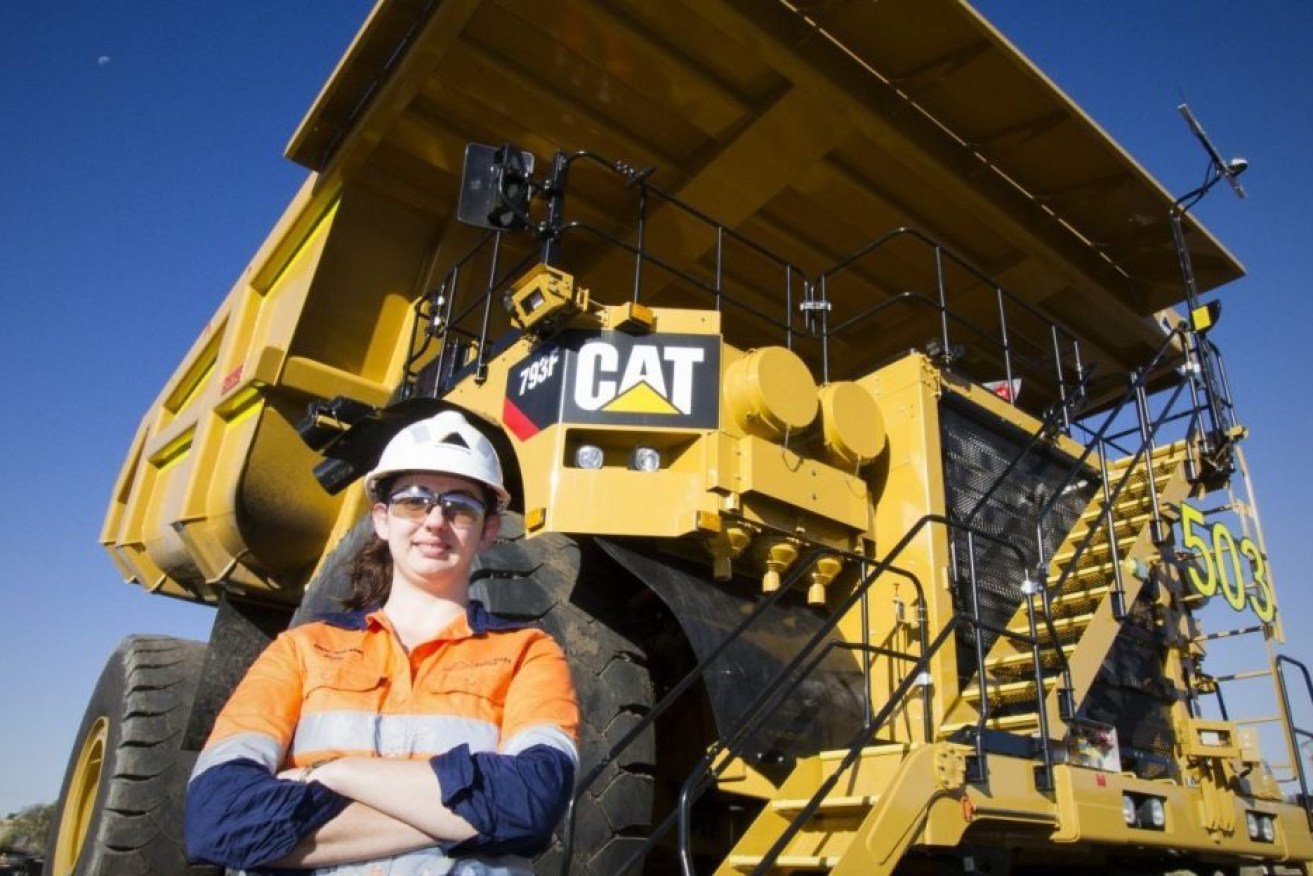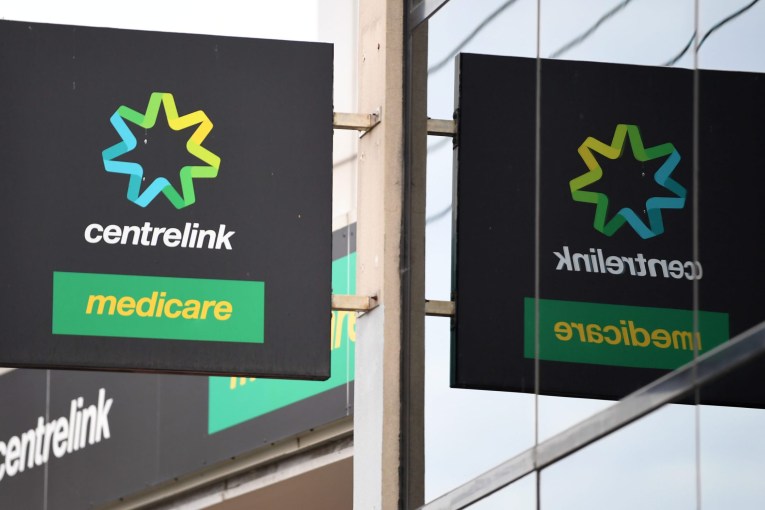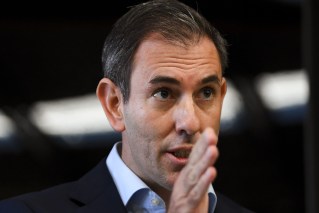Chinese walls can’t stop coal and gas fetching record prices
Queensland’s economy has been given a major boost with two of its biggest exports in a price boom.


New Hope has broken through the $1 billion profit level (photo supplied)
Prices for Australian coking coal have smashed through $US200 a tonne, the highest level in two years.
The price has almost doubled since May and there are suggestions it may not be sustainable at that level, but a major Canadian producer has been shut in by fires which is likely to increase pressure on pricing.
There is now speculation that the industry could see expansion and acquisitions. Thermal coal producer New Hope has indicated it was interested in merger and acquisitions after it raised $200 million recently.
There was also surge in June in coal exports through BHP’s Hay Point coal terminal as the company ramped up to meet its financial year production guidance.
LNG exports have also reached record high spot prices.
That level of pricing for coal would have been thought impossible when China started its trade ban on coal, but the market has readjusted and producers like BHP have been ramping up production.
The pricing is a bonus for the State Government which benefits from higher prices through royalties and the recent Budget had forecast coal prices averaging about $US145 a tonne.
A 1 per cent variation in the average price of export coal would lead to a change in royalty revenue of about $20 million.
LNG is also booming with an annual record shipped out from Gladstone in the 2020-21 financial year.
“Right now, conditions for Australia’s LNG market are very strong and we’re seeing record high spot prices thanks to increasingly tight demand and supply conditions,’’ Queensland Resources Council chief executive Ian Macfarlane said.
“Over the past 12 months, Queensland Treasury figures show state LNG exports were worth over $10 billion, which accounts for nearly $1 in every $5 dollars – or 18 percent – of Queensland’s total goods exports.
“Queensland still looks to China as its largest LNG customer, which took about 70 percent of the 1.9 million tonnes of LNG exported from Gladstone in May 2021, according to Gladstone Ports Corporation figures.’’
He said emerging Asian economies were expected to increase imports out to 2023 due to declining domestic gas production, the expansion of gas-fired power generation and new LNG infrastructure developments.












